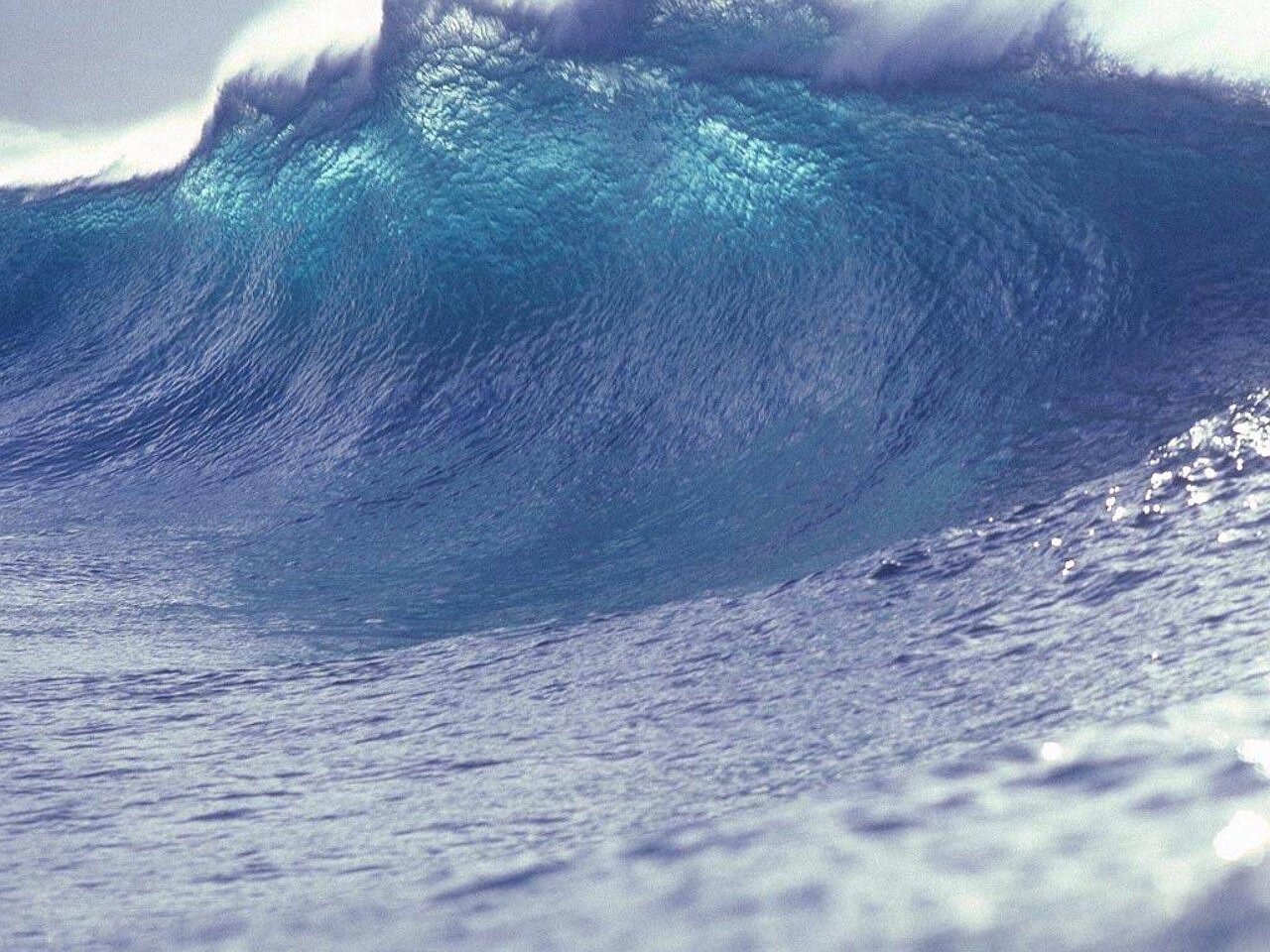California Tsunami Risk: Coastal Zones Facing The Highest Threat

Welcome to your ultimate source for breaking news, trending updates, and in-depth stories from around the world. Whether it's politics, technology, entertainment, sports, or lifestyle, we bring you real-time updates that keep you informed and ahead of the curve.
Our team works tirelessly to ensure you never miss a moment. From the latest developments in global events to the most talked-about topics on social media, our news platform is designed to deliver accurate and timely information, all in one place.
Stay in the know and join thousands of readers who trust us for reliable, up-to-date content. Explore our expertly curated articles and dive deeper into the stories that matter to you. Visit Best Website now and be part of the conversation. Don't miss out on the headlines that shape our world!
Table of Contents
California Tsunami Risk: Coastal Zones Facing the Highest Threat
California's stunning coastline, while breathtakingly beautiful, harbors a significant, often overlooked danger: tsunamis. While the dramatic imagery of colossal waves crashing onto shores is readily available, understanding the specific risks and preparedness measures is crucial for California residents and visitors alike. This article delves into the current understanding of California's tsunami risk, focusing on the coastal zones most vulnerable to these devastating natural events.
Understanding California's Tsunami Vulnerability
California's location along the Pacific Ring of Fire, a highly seismically active zone, makes it particularly susceptible to tsunamis. These powerful waves aren't solely generated by distant earthquakes; local seismic activity, especially along the Cascadia Subduction Zone, poses a significant threat. The Cascadia Subduction Zone, a fault line stretching from Northern California to British Columbia, is capable of generating megathrust earthquakes—powerful enough to trigger massive tsunamis.
High-Risk Coastal Zones
Several California coastal zones face a heightened risk of tsunami inundation. These areas are characterized by their proximity to the ocean, low-lying topography, and potential for wave amplification. Some of the most vulnerable include:
- Northern California: Areas along the coast of Humboldt County and Mendocino County are particularly at risk due to their proximity to the Cascadia Subduction Zone. The potential for a large-scale earthquake in this region could result in devastating tsunami waves.
- Central California: Coastal cities and towns in Monterey Bay and Santa Cruz are vulnerable to both locally generated and distant tsunamis. The bay's geography can amplify the impact of incoming waves.
- Southern California: While seemingly less prone to the largest tsunamis, Southern California's coastal communities are still vulnerable to smaller, yet still destructive, waves generated by both near and far-field events. Areas with low-lying coastal plains are especially susceptible.
Types of Tsunamis Threatening California
It’s important to distinguish between the types of tsunamis that could impact California:
- Local Tsunamis: These are generated by earthquakes occurring relatively close to the California coastline. The warning time is significantly shorter, often just minutes, making rapid evacuation crucial.
- Distant Tsunamis: These originate from earthquakes far away, across the Pacific Ocean. While providing more warning time (potentially hours), the impact can still be devastating, particularly in low-lying areas.
Preparing for a Tsunami: What You Can Do
Preparedness is paramount. Understanding your risk and having an evacuation plan is vital. Here are some key steps:
- Know your evacuation zone: Visit your local emergency management website to determine your tsunami evacuation zone.
- Develop an evacuation plan: Practice your evacuation route and identify multiple escape options.
- Build an emergency kit: Include essential supplies like water, food, first-aid, and a portable radio.
- Stay informed: Monitor tsunami warnings and advisories from official sources like the National Tsunami Warning Center (NTWC) and the National Oceanic and Atmospheric Administration (NOAA).
Conclusion:
California's beautiful coast comes with inherent risks. Understanding the potential threat of tsunamis and taking proactive steps to prepare is a vital responsibility for everyone living in or visiting these coastal communities. By staying informed and following recommended safety procedures, we can mitigate the potential impact of these devastating natural events. Remember to regularly check your local emergency management website for updated information and participate in community preparedness exercises. Your safety depends on it.

Thank you for visiting our website, your trusted source for the latest updates and in-depth coverage on California Tsunami Risk: Coastal Zones Facing The Highest Threat. We're committed to keeping you informed with timely and accurate information to meet your curiosity and needs.
If you have any questions, suggestions, or feedback, we'd love to hear from you. Your insights are valuable to us and help us improve to serve you better. Feel free to reach out through our contact page.
Don't forget to bookmark our website and check back regularly for the latest headlines and trending topics. See you next time, and thank you for being part of our growing community!
Featured Posts
-
 Liechtenstein Vs Scotland Friendly Lineups Score And News
Jun 10, 2025
Liechtenstein Vs Scotland Friendly Lineups Score And News
Jun 10, 2025 -
 Packers Desperate Rookie Cornerbacks Fill Jaire Alexanders Void
Jun 10, 2025
Packers Desperate Rookie Cornerbacks Fill Jaire Alexanders Void
Jun 10, 2025 -
 Mrs Weasley Malfoy Family And Dursleys Join Harry Potter Series Cast
Jun 10, 2025
Mrs Weasley Malfoy Family And Dursleys Join Harry Potter Series Cast
Jun 10, 2025 -
 2025s Must Hear Music Top Songs So Far
Jun 10, 2025
2025s Must Hear Music Top Songs So Far
Jun 10, 2025 -
 Follow The Action Liechtenstein Vs Scotland Friendly Match Live
Jun 10, 2025
Follow The Action Liechtenstein Vs Scotland Friendly Match Live
Jun 10, 2025
